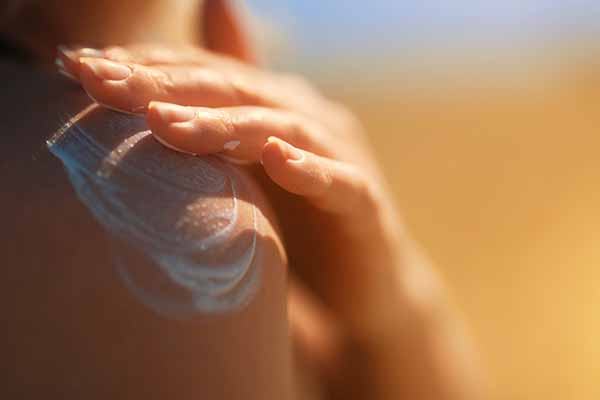Skin cancer is the most common cancer in the United States, with over 5 million people affected each year. The encouraging news? Most skin cancers are highly preventable when you understand the risk factors and take simple protective steps.
Whether you have fair skin that burns easily, spend time outdoors regularly, or have a family history of skin cancer, this guide will help you understand your risk and learn practical ways to protect yourself and your loved ones.



